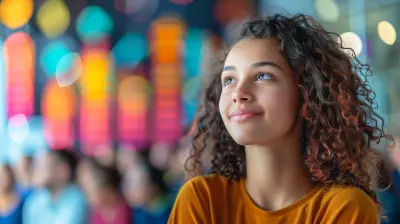Harnessing the Power of Digital Art in Education
30 May 2025
In a world where technology is rapidly evolving and transforming every aspect of our lives, the field of education is no exception. One of the most exciting and innovative trends that is shaping the future of learning is the integration of digital art in education. From primary schools to universities, educators are increasingly recognizing the power of digital art as a tool for enhancing creativity, fostering critical thinking, and making learning more engaging.
But how exactly does digital art fit into the classroom? And why should educators be paying attention to it? Let’s dive into the fascinating world of digital art in education and explore its potential to transform the way students learn.
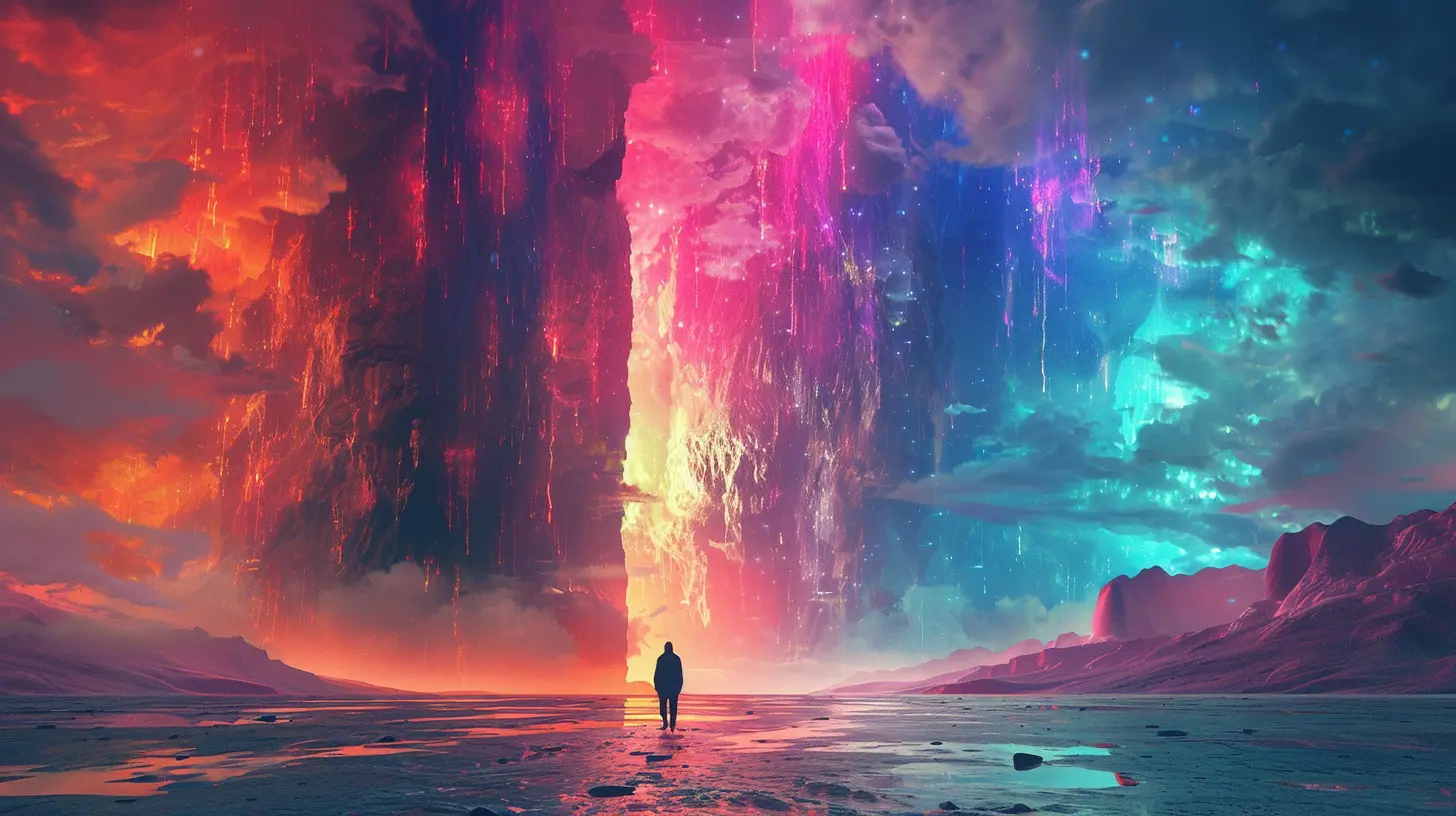
What is Digital Art?
Before we get into the nitty-gritty, let’s define what we mean by digital art. Simply put, digital art is art created using digital technology. It could involve using software like Adobe Photoshop to create a digital painting, using a graphic tablet to draw, or even creating 3D models through programs like Blender. The possibilities are endless.But here’s the thing: digital art isn’t just about pretty pictures. It’s about the process of creation, experimentation, and pushing boundaries. It taps into the same creative skills as traditional art forms like painting or sculpture but uses a different medium—technology.
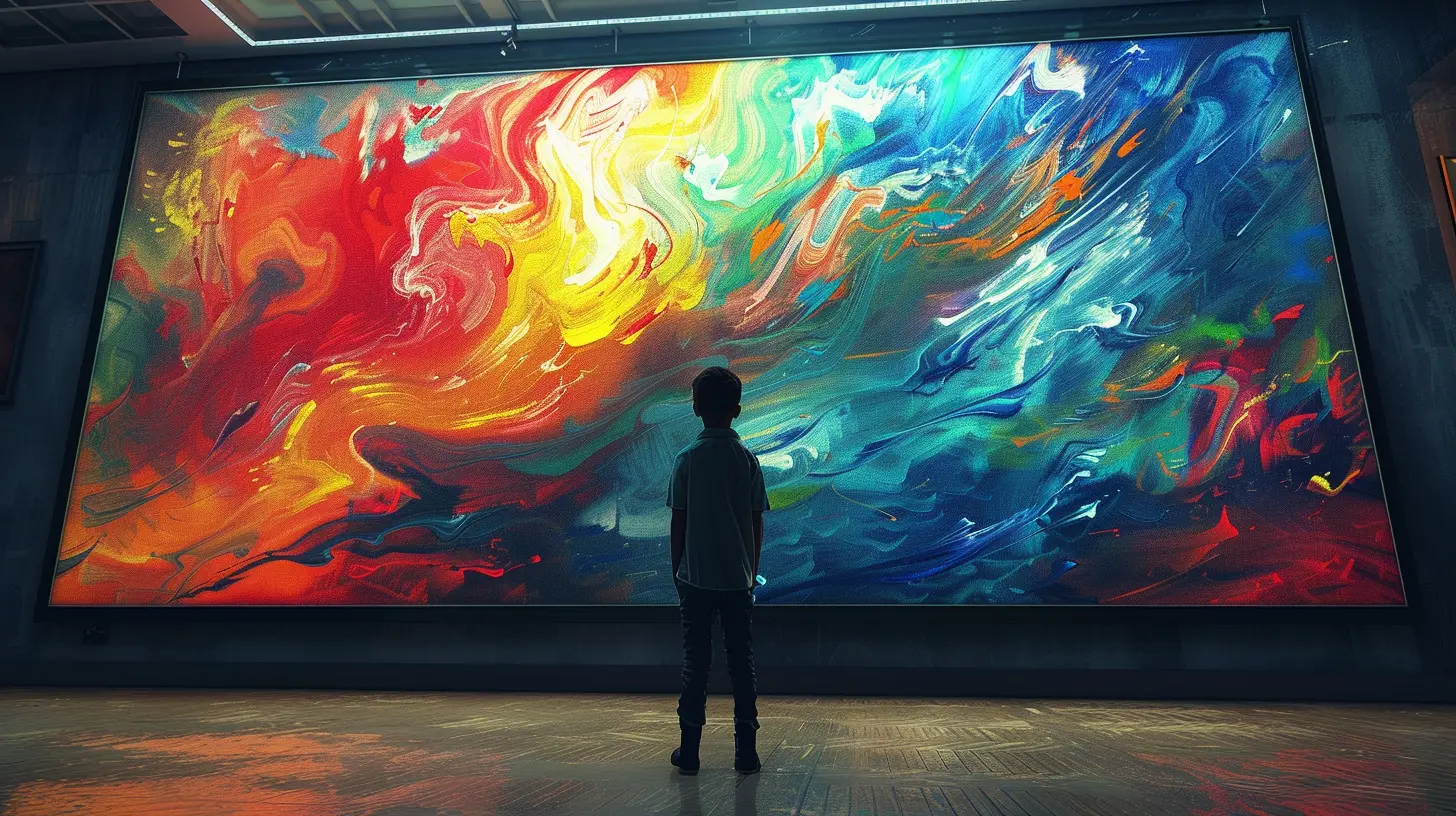
Why Should We Harness Digital Art in Education?
You might be wondering, "Why digital art? Isn’t regular art enough?" Well, yes and no. Traditional art mediums are, of course, valuable and should be part of any well-rounded education. But digital art brings something new to the table—it bridges the gap between creativity and technology, two areas that are becoming increasingly important in the modern world.Let’s face it: we live in a world dominated by screens. Whether it’s on our phones, computers, or tablets, we are constantly interacting with digital media. Incorporating digital art into education makes sense because it aligns with the technological environment students are already familiar with. Plus, it opens doors to a whole new set of skills that students will need in future careers—graphic design, animation, video game design, and more.
But the benefits of digital art in education go much deeper than that. Let’s break it down.
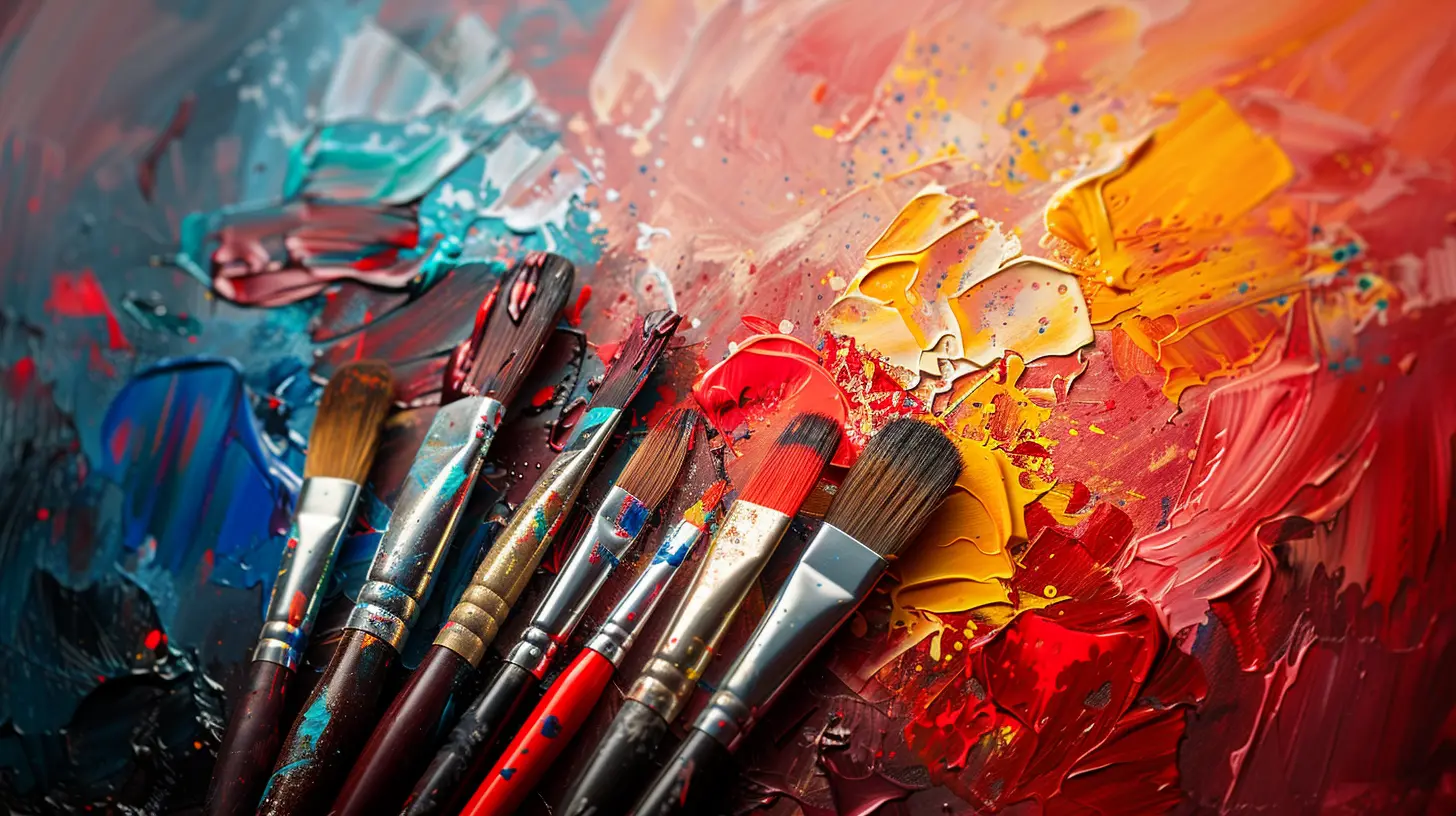
1. Encouraging Creativity and Innovation
At its core, art is all about creativity. Whether students are drawing with pencils or using a stylus on a tablet, they are engaging their creative muscles. But digital art takes this a step further by offering more tools, options, and flexibility. Want to change the color of the sky in a painting? Easy—just click a button. Want to experiment with different textures and effects? Digital art allows endless experimentation without wasting materials.This freedom to experiment encourages students to think outside the box and develop innovative solutions to problems. In a world where creativity is highly valued in industries ranging from tech to marketing, this is a critical skill.
Digital art also allows for collaborative creativity. Thanks to cloud-based tools, students can work together on a single project from different devices, fostering teamwork and collaboration in ways that traditional art cannot.
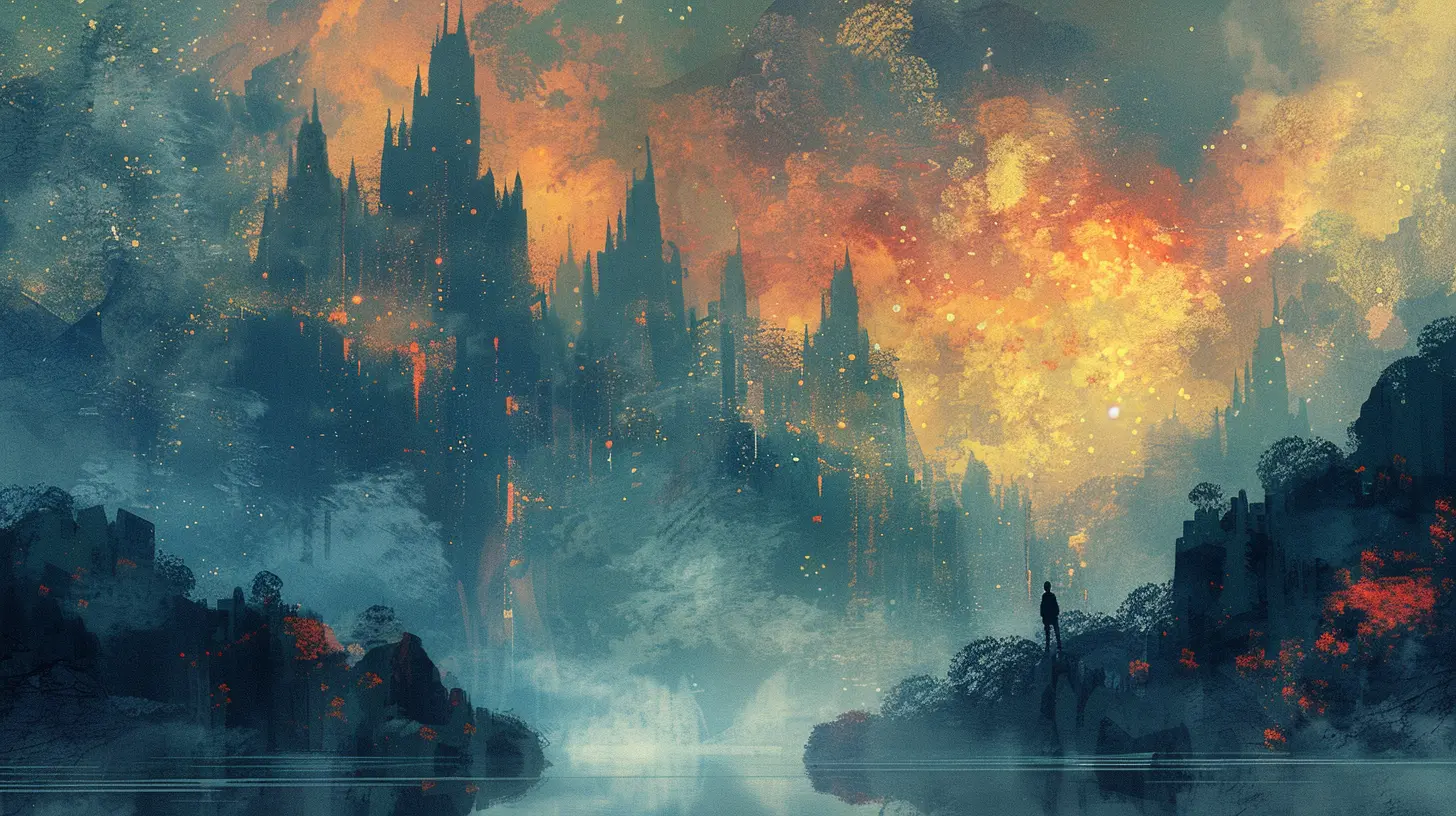
2. Building Critical Thinking and Problem-Solving Skills
Digital art isn’t just about slapping some colors on a screen. It involves planning, problem-solving, and critical thinking. For example, creating a digital animation requires students to think about how different frames work together to create movement. Designing a website involves considering how users will navigate through the content.Moreover, many digital art forms, such as 3D modeling or graphic design, require students to understand complex concepts like geometry and physics. When students are tasked with designing a character for a video game, they need to think about proportions, balance, and textures. These are the same skills used in STEM fields like engineering and architecture.
By engaging in digital art, students develop the ability to approach problems methodically and creatively—a skill that will serve them well in any field they choose to pursue.
3. Making Learning More Engaging and Interactive
Let’s be honest: textbooks and lectures alone don’t always cut it when it comes to keeping students engaged. Digital art, on the other hand, offers a more interactive and hands-on approach. Imagine a history lesson where students create a digital recreation of an ancient city, or a biology class where they design 3D models of cells and organs. Suddenly, learning becomes not just about memorizing facts but about experiencing and creating.Digital art can also be integrated into various subjects to make learning more dynamic. For example:
- In English classes, students could design digital storyboards to visualize their interpretations of a novel.
- In mathematics, students could use graphic design software to create geometric patterns.
- In science, students could animate the life cycle of a butterfly or the phases of the moon.
Incorporating digital art into these subjects makes learning more immersive and helps students connect abstract concepts to the real world.
4. Preparing Students for Future Careers
We’ve touched on this a bit already, but it’s worth emphasizing: the future is digital. Many of the careers that today’s students will pursue will involve working with technology, and digital art skills will be in high demand.Industries like marketing, entertainment, architecture, and even healthcare are increasingly relying on digital tools for design and communication. By teaching students how to use these tools early on, you’re giving them a head start in the job market.
Even if students don’t directly pursue a career in art or design, the skills they learn through digital art—creativity, problem-solving, and technological proficiency—will be transferable to many different fields.
5. Accessibility and Inclusivity
One of the most beautiful aspects of digital art is its accessibility. Traditional art supplies can be expensive—paints, brushes, canvases, and more add up quickly. Digital tools, on the other hand, often require just a tablet, a computer, or even a smartphone. There are also numerous free or low-cost software options available, such as Krita, GIMP, or Tinkercad, making digital art accessible to students from all backgrounds.Additionally, digital art offers inclusive opportunities for students with disabilities. For example, students with limited mobility may find it easier to create art using a digital tablet than with a physical paintbrush. Similarly, students with visual impairments can benefit from tools that adjust contrast and brightness or magnify images, allowing them to engage in the creative process in ways that may have been challenging with traditional mediums.
6. Cultivating Digital Literacy
In today’s digital age, digital literacy is just as important as traditional literacy. By using digital art tools, students become more comfortable navigating technology—a skill that will be essential in almost every career path. They’ll learn how to use software, troubleshoot technical issues, and understand the implications of working in a digital environment (like file management, online portfolios, etc.).This also ties into the concept of media literacy. Students will learn to critically analyze the digital media they consume and create, recognizing the power of visual communication in today’s world. They’ll gain an understanding of how images, videos, and designs influence opinions, convey messages, and shape cultures.
How to Start Incorporating Digital Art into the Classroom
So, how can educators start harnessing the power of digital art in education? Luckily, there are plenty of ways to get started, even if you’re not a digital artist yourself.1. Use Free Tools and Software
There are a ton of free or affordable digital art tools that are perfect for the classroom. Some popular options include:- Krita: A free, open-source painting program that’s great for digital illustration and concept art.
- GIMP: A free alternative to Photoshop, offering powerful editing capabilities.
- Tinkercad: A 3D modeling tool that’s easy for beginners to use.
- Canva: A web-based graphic design tool perfect for creating posters, presentations, and social media graphics.
2. Integrate Digital Art into Other Subjects
As mentioned earlier, digital art can be used across various subjects. Don’t be afraid to get creative! Whether it’s designing infographics for a science project or creating digital collages in an art class, there are endless possibilities for integrating digital art into your curriculum.3. Foster Collaboration
Encourage students to work together on digital art projects. Many digital tools allow for real-time collaboration, so students can contribute to the same project from different devices. This not only fosters teamwork but also gives students the opportunity to learn from each other and combine their creative strengths.4. Offer Flexibility
Remember that digital art is all about experimentation and creativity. Give students the freedom to explore different tools and techniques, and don’t be too rigid with guidelines. The goal is to let them express themselves and think critically, so embrace the messiness that comes with the creative process!
Conclusion
There’s no denying that digital art has the potential to revolutionize the way we approach education. By encouraging creativity, building critical thinking skills, making learning more engaging, and preparing students for the future, digital art offers an exciting new avenue for educators to explore. Whether you’re an art teacher looking to modernize your curriculum or a math teacher wanting to spice up your lessons, digital art can be a powerful tool in your teaching toolbox.So what are you waiting for? It’s time to start harnessing the power of digital art in education and inspire the next generation of creative thinkers and problem-solvers.
all images in this post were generated using AI tools
Category:
Art EducationAuthor:

Olivia Lewis
Discussion
rate this article
3 comments
Fenn McGehee
Digital art sparks creativity and engagement in learning!
June 6, 2025 at 12:12 PM

Olivia Lewis
Thank you! I'm glad you see the potential of digital art in fostering creativity and enhancing engagement in education.
Alexa Soto
Digital art in education enhances creativity, fosters engagement, and provides diverse learning opportunities. It's a valuable tool for teachers to inspire and connect with students.
May 31, 2025 at 10:42 AM

Olivia Lewis
Thank you for your insightful comment! I completely agree that digital art is a powerful tool that can truly enrich the educational experience.
Hailey Meyers
What a fantastic insight into the transformative role of digital art in education! Embracing creativity not only enhances learning but also empowers students to express themselves. Excited to see how this approach evolves in classrooms!
May 30, 2025 at 11:07 AM

Olivia Lewis
Thank you! I'm thrilled you found the insights valuable. Exciting times ahead as we continue to explore digital art's impact in education!
